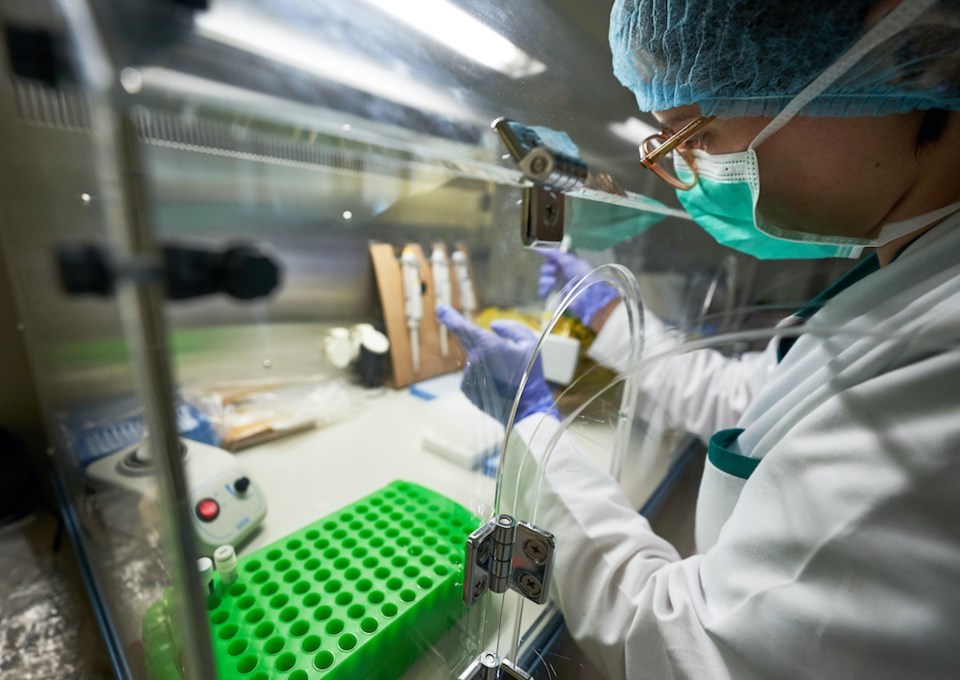The highly transmissible coronavirus strain nicknamed the "Kraken variant" is spreading more rapidly in parts of sa国际传媒, according to a new report.
Provincial health officer Dr. Bonnie Henry that the lion's share, about 95 per cent, of sa国际传媒's COVID-19 cases is still the BQ.1.1 subvariant. But in Ontario, cases of the XBB.1.5 strain — the Kraken subvariant — are increasing rapidly.
Public Health Ontario projects the proportion of XBB.1.5 to increase this week up to 22.2 per cent of all cases in the province. From the data available from Dec. 25 to Dec. 31, the proportion of XBB.1.5 was only two per cent.
sa国际传媒's surveillance data shows about five to six per cent of new COVID-19 cases are this new subvariant. While this new subvariant appears to be particularly transmissible, Henry said there is no evidence at this time that it's been causing any more severe illness and that the latest bivalent vaccine appears to be effective against it.
A spokesperson for the Public Health Agency of sa国际传媒 (PHAC) says the genetic composition of XBB.1.5 makes it difficult to detect through wastewater surveillance.
Since the subvariant is a recombinant — its genome is the product of the Omicron BA.2.10 and BA.2.75 strains spliced together — it is more difficult to detect if it is only circulating at low levels.
That said, XBB.1.5 can still be detected in wastewater by scanning for the "presence of defining mutations" as well as locating the parent lineages.
COVID-19 Kraken variant detected in sa国际传媒's wastewater samples
PHAC says metagenomic sequencing is revealing "an increasing XBB.1.5 signal in municipal wastewater samples collected since mid-December." So far, 19 cases of the subvariant have been detected using Canadian wastewater samples.
Dr. Sarah Otto, a professor in the Department of Zoology at the University of British Columbia, told V.I.A. that scientists haven't noticed a significant change in symptoms with XBB.1.5 but it is showing a "."
With this advantage, the new subvariant is expected to continue the turnover in variants that have led to "high and fairly constant levels" of COVID-19 in sa国际传媒 across the past six months.
People should continue to follow the province's long-standing COVID-19 advice, such as getting vaccinated with all recommended doses to prevent severe illness.
With files from Glen Korstrom
